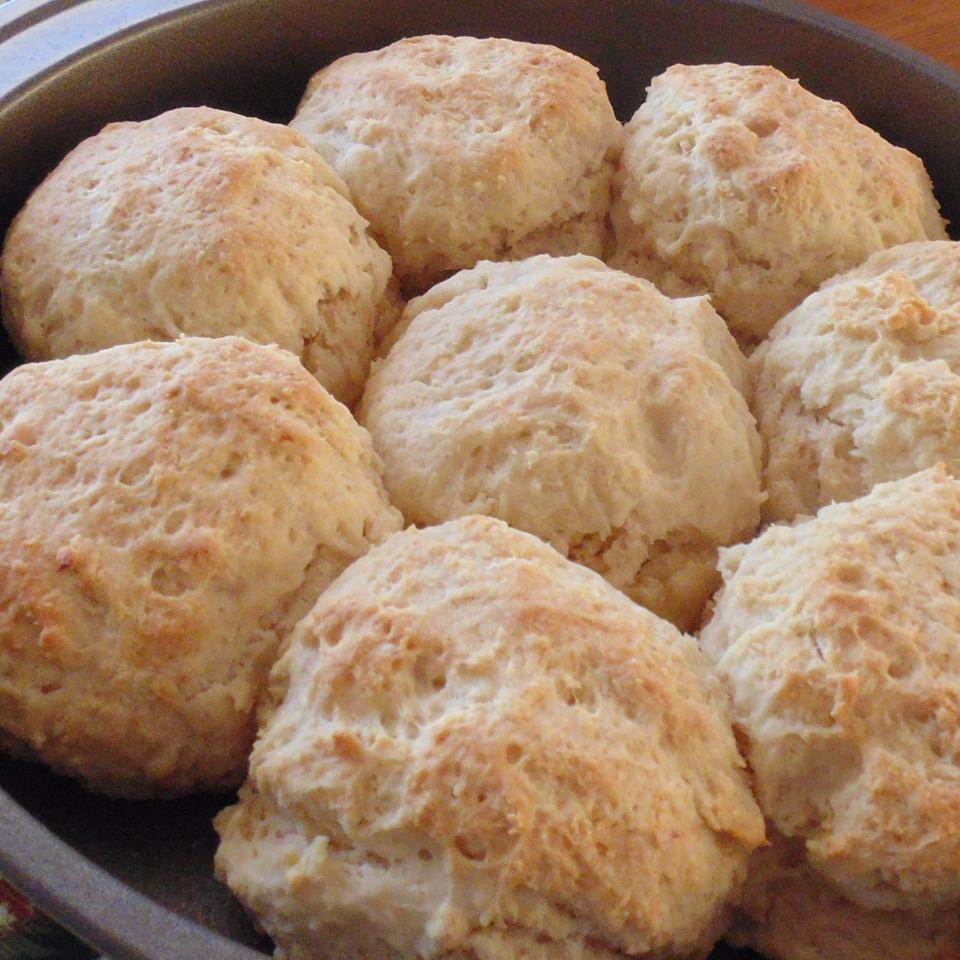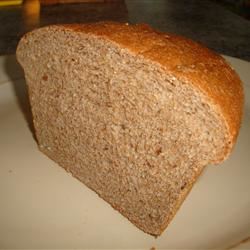How to Make Cronuts, Part I

Cronuts are the donuts that make people go nuts! They have the shape and flavor of a doughnut, yet feature the crispy, flaky texture of a buttery croissant. In Part I, I’ll show you how to make the dough; in Part II, we’ll fry, eat, and analyze.
INGRIDIENT
DIRECTION
Step: 1
Place yeast into the mixing bowl of a large stand mixer. Whisk in warm water and let stand until a creamy foam forms on top, about 5 minutes. Add salt, sugar, milk, 2 tablespoons melted butter, vanilla extract, egg, and nutmeg. Whisk mixture thoroughly. Pour flour on top of liquid ingredients. Place mixing bowl onto mixer.
Step: 2
Attach dough hook to mixer and knead on low speed until dough comes together in a ball and becomes soft and sticky, about 3 minutes. Dough will stick to the hook and pull away from the side of the bowl.
Step: 3
Transfer dough to a floured work surface, knead 2 or 3 times, and shape into a ball. Wrap dough in plastic and refrigerate for 20 minutes to let gluten relax.
Step: 4
Remove dough from refrigerator, unwrap, and dust lightly with flour. Roll out into a 9x18-inch rectangle about 1/4 inch thick. Evenly spread 6 tablespoons softened unsalted butter onto the middle third of the dough. Fold one unbuttered third over the buttered third and press lightly; spread remaining 6 tablespoons of unsalted button on top of that third. Fold remaining third over the first (buttered) third. Transfer dough onto a sheet pan, cover lightly with plastic wrap and a kitchen towel, and refrigerate 20 to 30 more minutes for butter to become firm. Sprinkle dough lightly with flour as you work if it becomes sticky.
Step: 5
Return dough to floured work surface and pat very gently into an 8x14 rectangle about 1/2-inch thick. Fold outer thirds over center third as before; roll out into an 8x14-inch rectangle again. Keep edges of rectangle as straight as possible. Fold in thirds as before. Cover dough lightly with a kitchen towel, and refrigerate for 2 hours.
Step: 6
Roll the dough out to about 3/8 inch thick. Cut dough in half crosswise. Leave half on a lightly floured work surface; refrigerate other half of dough until needed.
Step: 7
Use a sharp 3-inch circular cutter to cut 8 circles of dough from piece on the work surface. Use 1-inch size cutter to cut the donut holes out of the dough circles.
Step: 8
Line a baking sheet with waxed paper and sprinkle lightly with flour. Arrange cronuts and holes onto prepared baking sheet. Let rise in a draft-free, warm place (such as an unheated oven) until doubled in size, about 1 hour.
NUTRITION FACT
Per Serving: 241 calories; protein 4.4g; carbohydrates 27.7g; fat 12.4g; cholesterol 44.5mg; sodium 188.9mg.
The quality of the flour could make a real difference to your bread. Different makers do vary. Extra-strong or Canadian flours, which are bet higher in gluten, may give you a better rise than standard dough flours – especially if you’re make wholemeal dough , which not always getting bigger as well as white bread.
To made this in a breadmaker , add all the ingredients to your breadmaker and follow the makers instructions.
A bread first rising can be make in the fridge 24 hours . This slows down the time it takes to rise to double its size, giving it a deeper flavour. It’s also a great timesaver , as you can work it yesterday , then finish it off the next day.





